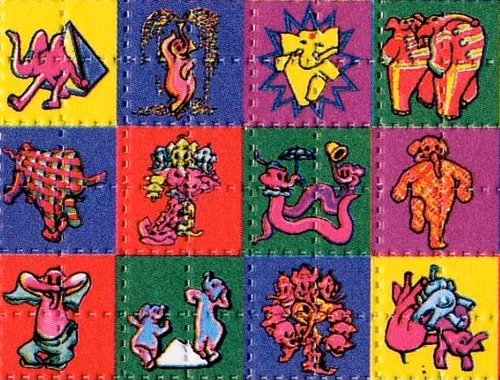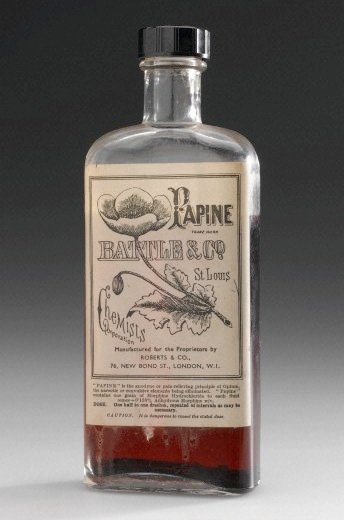I’ve worried openly about the chances of London putting on a good Opening Ceremony, so I guess I should post a reaction: it’s a thumbs up (phew!).
I thought the whole opening movement from bucolic hobbitshire through the Industrial Revolution to the forging of the Olympic Rings was superb: genuine spectacle and theatre. I loved the pouring of the iron sequence: you can imagine so many opening ceremonies where the commentator intones ‘and this represents the pouring of the iron from the furnace’ while dancers in orange jumpsuits run along in a line, but Danny Boyle managed to come up with a theatrical effect that genuinely looked like molten metal, without any need for interpretation.

The other stand out moment was the lighting of the flame, which was a really striking image.
In between there were inevitably a few lulls, but probably less than most of these events. There were some bits that were maybe a bit too parochial, but I guess if they play well at home and help whip up enthusiasm for the Games, that’s no bad thing.
I liked the fact that it felt quite personal and quirky: the content clearly hadn’t been handed down from on high by a government with a point to prove. And I liked that it was sometimes quite dark, as these things go: so the opening section was on one level a celebration of the Industrial Revolution, but it was harsh, grimy, smoky, and the image of the British countryside being torn apart was intentionally brutal. And when it came to celebrate children’s literature, it wasn’t Winnie the Pooh and Mrs Tiggywinkle, it was Voldemort and the Child Catcher. There can’t be many times that night terrors have featured in an opening ceremony.
Some moments of real theatre, some humour, some touching moments, very few boring or cringeworthy bits: wahey, let the Games begin.
» The photo (of the rehearsal, as it happens, not the actual ceremony), is © Hannah Webb and used under a CC by-nd licence.






